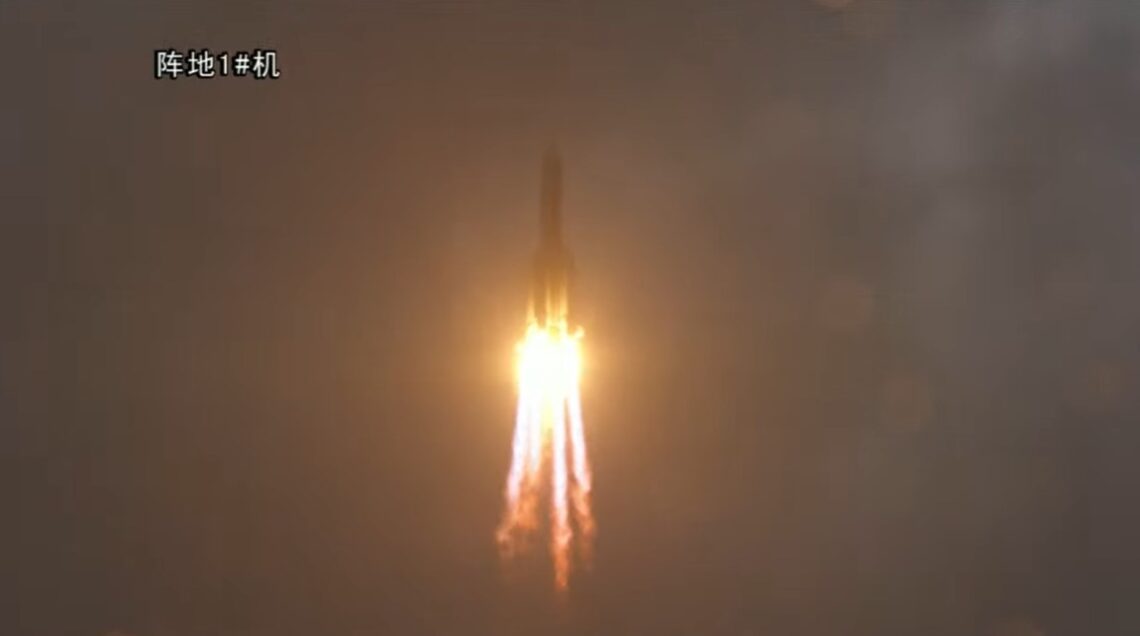HELSINKI — China launched its complex and ambitious Chang’e-6 mission Friday to collect the first ever samples from the far side of the moon.
A 57-meter-tall Long March 5 lifted off from the Wenchang Satellite Launch Center at 5:30 a.m. Eastern (0930 UTC) May 3, carrying the roughly 8,200-kilogram Chang’e-6 into orbit.
A first second stage burn was completed 12 minutes after launch, with a translunar injection burn set for around 14 minutes later. Spacecraft separation is scheduled for around 37 minutes into flight.
If successful, samples delivered by the 53-day-long mission could change our understanding of the Earth and moon and the history of the early solar system.
Chang’e-6 consists of a stack of four spacecraft that will perform specific roles. Its orbiter will take the mission into lunar orbit. From there, a lander will separate and target a landing within Apollo crater on the far side of the moon. As the far side of the moon is never visible to Earth, due to our planet slowing the moon’s rotation and leaving it tidally locked, a communications relay satellite is required to provide communications between the ground and the lunar far side. For this, China launched Queqiao-2 in March into a specialized lunar orbit.
Once landed, the lander spacecraft will collect up to 2,000 grams of lunar samples with a drill, descending to a depth of up to two meters, and a scoop. These will be loaded into an ascent vehicle and launched back into lunar orbit for a carefully choreographed and challenging rendezvous and docking with the orbiter.
From here, the samples will be transferred to a reentry capsule. The ascender will be jettisoned and the orbiter will prepare for the return to Earth. The reentry capsule will be released just before reaching Earth and will first skip off the planet’s atmosphere. This will help it slow it down before a final, fiery plunge through the atmosphere and a landing in Inner Mongolia.
The…
Read the full article here

